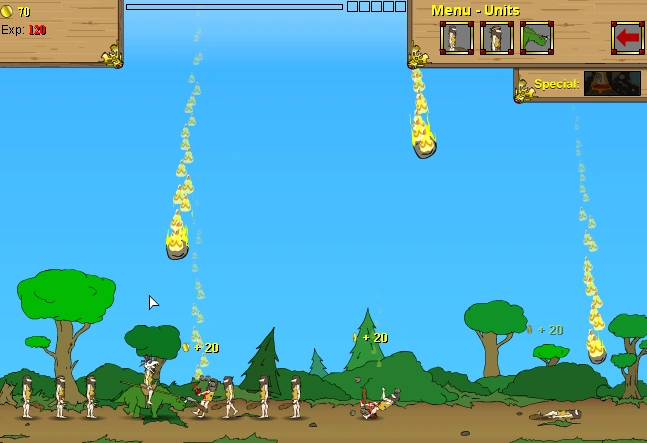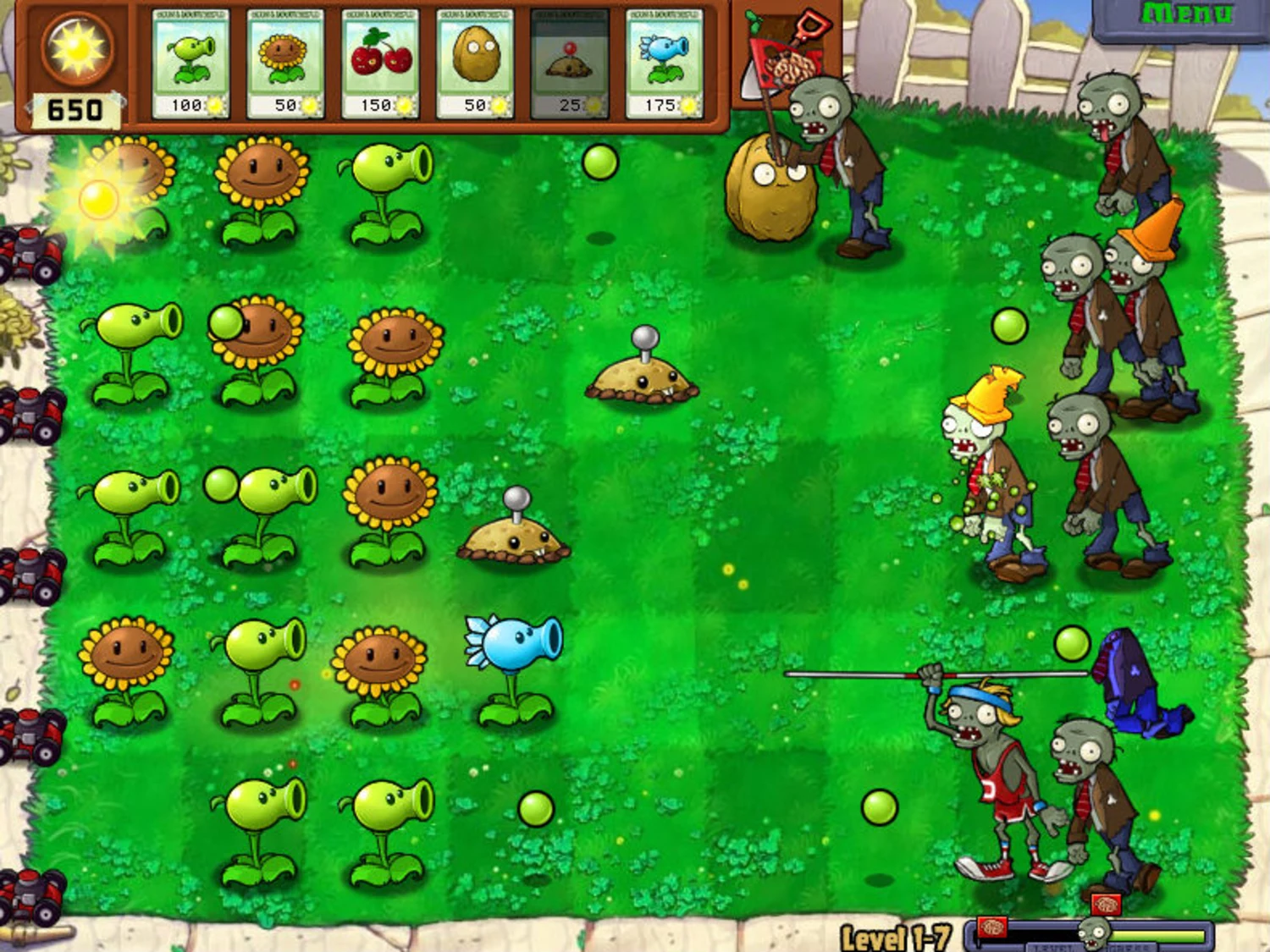Mechanics Analyses | Starfleet Command | Log 1
Project Overview
Published: Sept 11th, 2024 | Updated: Oct 4th, 2024
Welcome to the first Mechanics Analysis for my game Starfleet Command, a 2D top-down space strategy game I'm developing with the SFML library and C++. In this post, I will introduce the core concept and vision behind the game, along with outlining the key game mechanics. Let's begin!
Concept
Starfleet Command pits the player against an AI opponent in an intense battle for supremacy. The goal is simple: defend your capital ship at all costs while battling to destroy your enemy's capital ship. Battles unfold across five lanes, in which the player must strategically deploy starships, manage resources, and make tactical decisions in real-time to defeat their adaptive, AI director-controlled opponent. The player is periodically rewarded with selecting a randomly generated perk and/or upgrade which keeps the game interesting and fresh on every play.
Inspiration
Initially I set out to create a game similar to Age of War, but with a focus on improving it's replayability. To achieve this goal I decided on implementing two key systems, a roguelike/roguelite reward system and an AI Director. These systems would keep the experience fresh and dynamic so that no two plays are the same.


As the concept developed, I also began to draw inspiration from Plants vs. Zombies, particularly it's lane-based strategy mechanics and last line of defence mechanic.
Key Game Mechanics
- Lane-based combat
- Wave-based combat
- Unit selection and placement
- Unit training
- Unit types & abilities
- Scrap resource collection
- Adaptive AI via an AI Director system
- Last-line-of-defence system
- Perk & upgrades selection system
- Dynamic events
Tech Stack
- Engine/Framework/Library: SFML 2.0
- Programming Language: C++
- IDE: JetBrains CLion
- Operating System: Windows